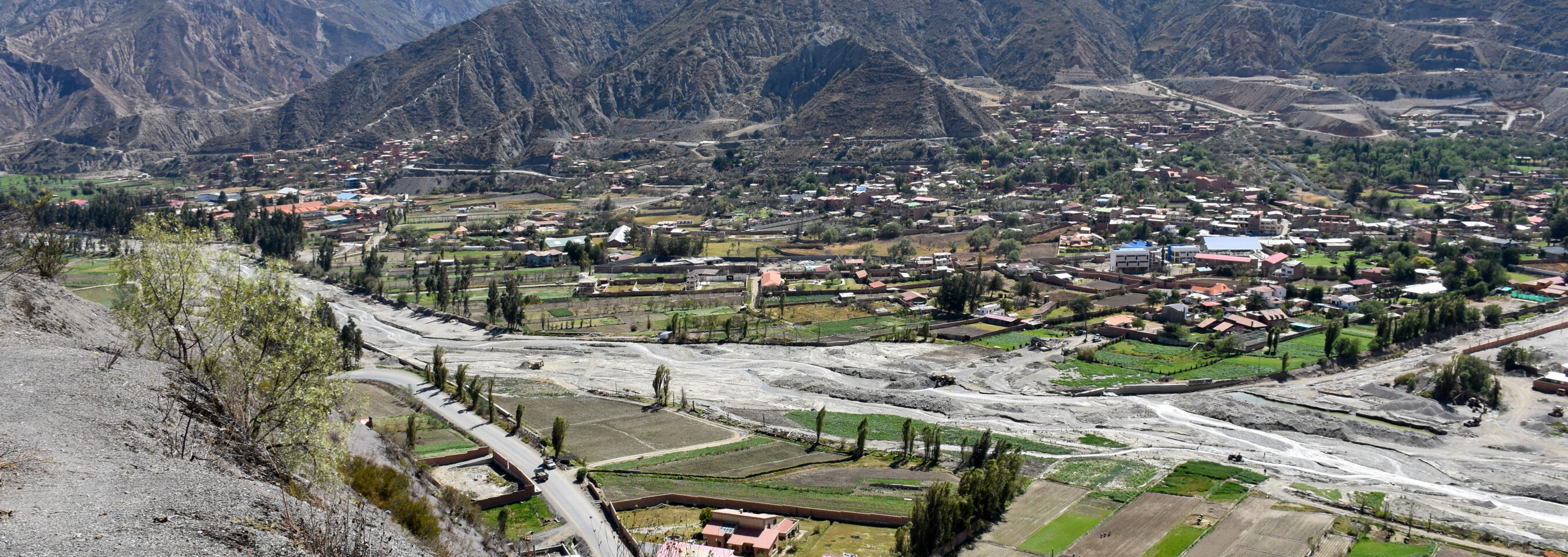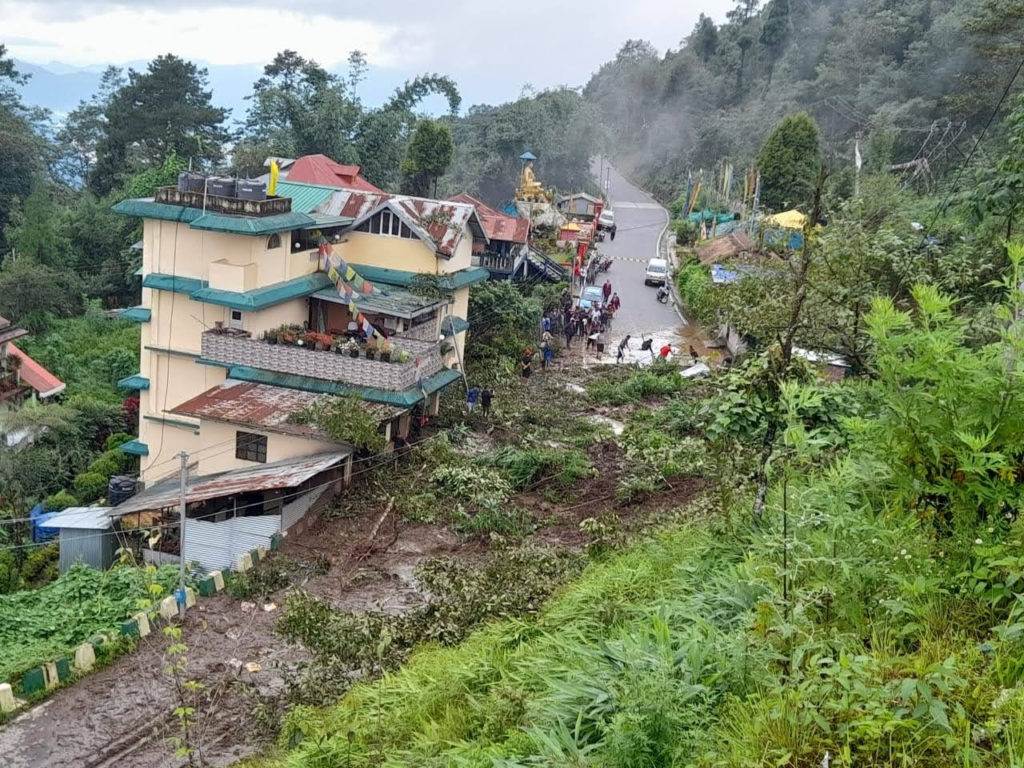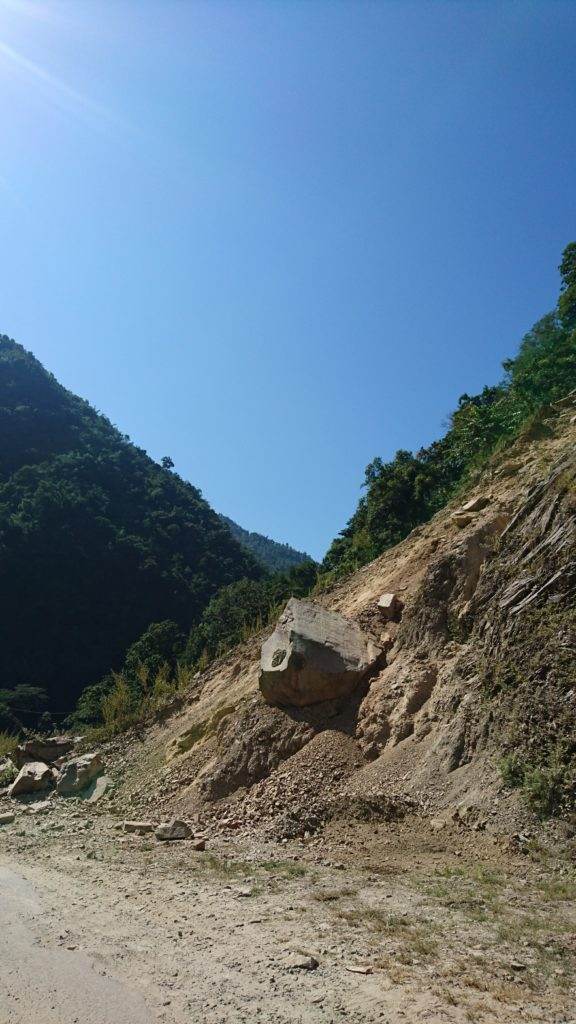Climate change is leading to increasingly frequent and more severe natural hazards. Poor people are least able to predict natural hazards, prepare for them and protect themselves against their impacts.
That’s why we embed climate change adaptation across all of our work. We are helping to make resilience a way of life. By advising people on how to adapt their lives to a changing climate, we put plans and early warning systems in place to predict natural hazards. This work stops them turning into disasters.
We are also promoting environmentally sound technologies for low carbon and climate resilient development.









